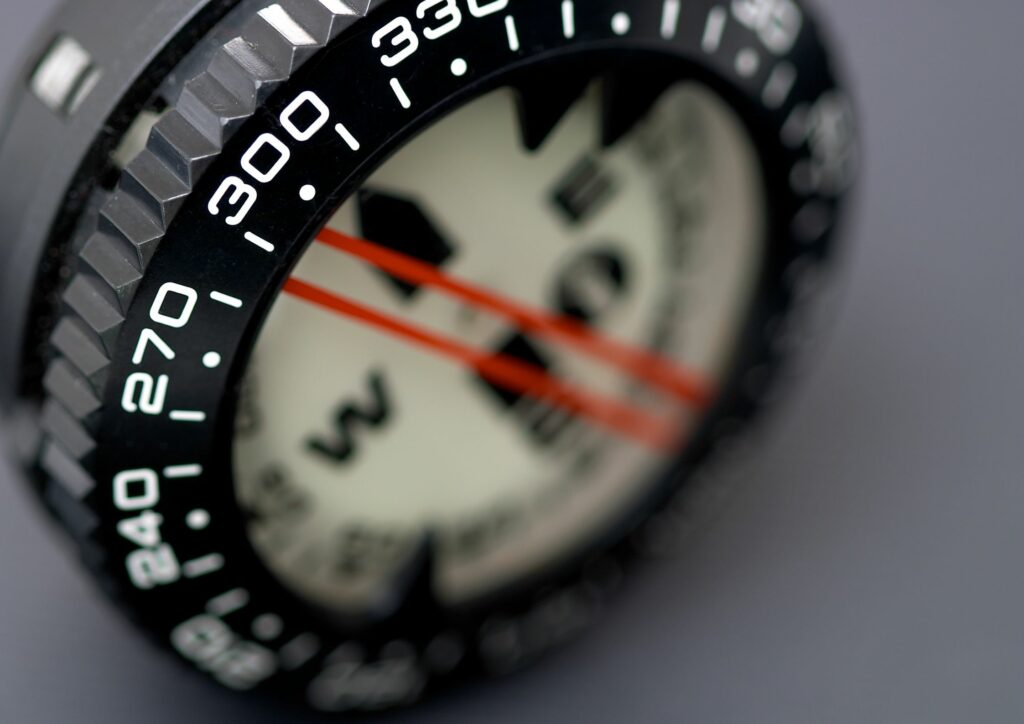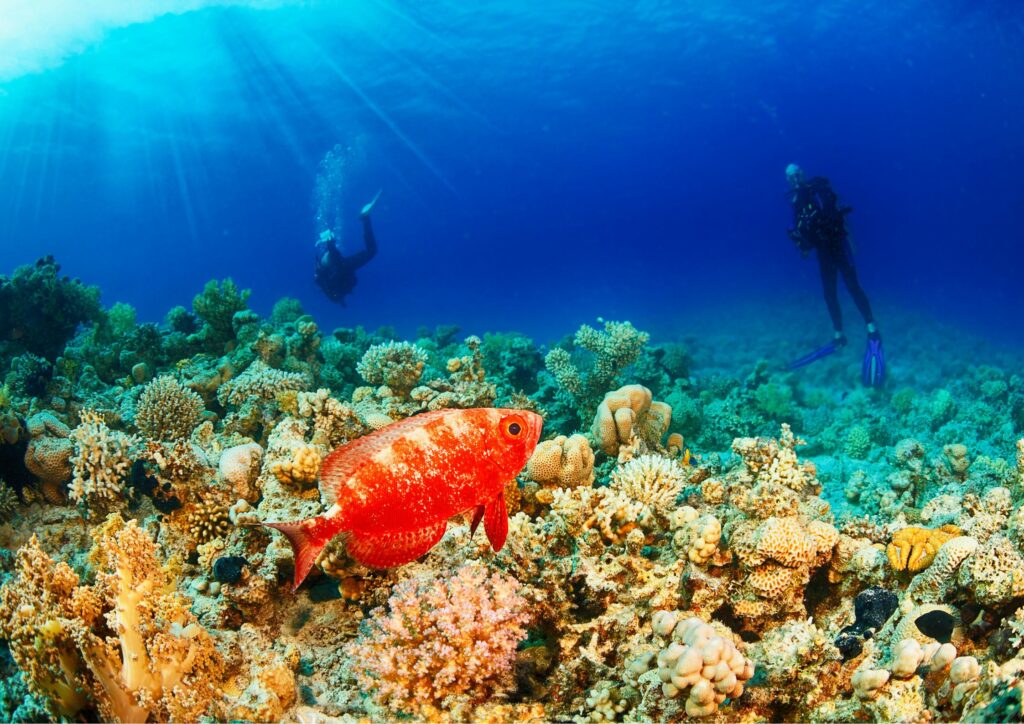Diving in Bali offers a breathtaking underwater world teeming with vibrant marine life and stunning coral reefs. Yet, in the depths of this aquatic paradise, mastering navigation techniques is essential for a safe and enjoyable experience. This ultimate dive guide will equip you with valuable diving tips and effective underwater navigation strategies to enhance your journey beneath the waves. Discover how to confidently explore Bali’s diverse dive sites while ensuring you never lose your way in the mesmerizing blue expanse.
Understanding the Basics of Underwater Navigation
Understanding the basics of underwater navigation is crucial for a safe and enjoyable diving experience in Bali. Familiarizing yourself with key navigation techniques such as natural navigation, compass navigation, and visual reference points can enhance your confidence while exploring the vibrant underwater world. Natural navigation involves recognizing features like coral formations and the sun’s position, while using a compass ensures you maintain your intended direction. Additionally, learning to identify landmarks underwater can serve as reliable reference points. By mastering these foundational skills, divers can improve their orientation and reduce the likelihood of losing their way, ultimately leading to a more relaxing dive experience in Bali’s beautiful waters.
Essential Navigation Techniques for Diving in Bali
Moreover, practice buoyancy control to ensure you can maintain a stable position while assessing your surroundings. Good buoyancy assists in more accurate navigation by allowing you to remain aware of your reference points without wasting energy or risking damage to the ecosystem. Embrace these underwater navigation methods to enhance your adventure in diving in Bali, ensuring that each journey into the underwater realm becomes memorable and safe.
Utilizing Landmarks and Natural Features When Diving
Utilizing landmarks and natural features when diving in Bali can significantly enhance your underwater navigation skills. Familiarizing yourself with the topography above the water before your dive can provide vital points of reference. Look for distinctive features such as rock formations, coral outcrops, or even landmarks on the shoreline. These natural elements can serve as guides when you descend and explore underwater. Additionally, recognizable marine life and coral structures can help you maintain your orientation. Remember to frequently check your surroundings and align them with your pre-dive observations to avoid disorientation. Utilizing these navigation techniques will ensure a safer and more enjoyable diving experience in the vibrant waters of Bali.
The Role of Dive Computers in Navigation
Dive computers play a crucial role in underwater navigation, especially for divers exploring the vibrant waters of Bali. These devices not only track your depth and dive time, but they also provide essential information that aids navigation. Many modern dive computers come equipped with digital compasses, allowing divers to maintain a steady course while marveling at Bali’s breathtaking marine life. By integrating dive computers into your diving gear, you enhance your situational awareness, making it easier to return to your entry point without losing track of your surroundings. Understanding and utilizing these features is vital for safe and enjoyable diving, especially in the diverse environments Bali has to offer.
Effective Use of Compass for Underwater Navigation
Using a compass effectively is crucial for successful underwater navigation while diving in Bali. Before descending, familiarize yourself with the cardinal directions and understand how your compass aligns with the underwater environment. Maintain the compass flat in front of you, making sure there’s no interference from the dive gear. As you navigate, use landmarks such as reef formations or rock structures as reference points, and check your compass frequently to stay oriented. Additionally, practice adjusting your course based on current movements to maintain your intended route. Trust me, mastering the compass not only increases your safety but also enhances your overall diving experience in the vibrant marine ecosystems of Bali.
Navigational Challenges Unique to Bali Diving Sites
Bali’s stunning underwater landscapes offer diverse diving experiences, but they also present unique navigational challenges to divers. Strong currents, varying visibility, and intricate reef structures can make underwater navigation tricky, especially for those unfamiliar with the area. Many popular dive sites, such as Nusa Penida and Amed, have intricate topographies that can disorient divers, requiring keen awareness of your surroundings. Additionally, natural landmarks can shift due to factors like tidal changes or marine growth, further complicating underwater navigation. To tackle these challenges effectively, divers should familiarize themselves with local dive maps and engage with dive guides, ensuring a safe and enjoyable experience while exploring Bali’s vibrant marine life.
Top Diving Spots in Bali and Their Navigational Tips
Bali is a diver’s paradise, offering a stunning array of dive sites, each with its own unique features. Some of the top spots include Tulamben, known for the USS Liberty wreck, and Nusa Penida, famous for its manta ray sightings. When diving at these locations, it’s essential to utilize effective navigation techniques. For instance, in the currents of Nusa Penida, divers should practice drift diving and rely on natural landmarks to maintain direction. At Tulamben, divers can use the wreck as a reference point, exploring it efficiently by counting kicks to navigate. Knowing these tips enhances your diving experience and ensures you safely explore the underwater beauty of Bali.
Safety Protocols and Best Practices for Navigating Underwater
Safety is paramount when it comes to underwater navigation in Bali’s stunning dive sites. First, always perform a thorough pre-dive briefing to discuss the dive plan and the navigation techniques you will employ. Use a compass and environmental cues, such as reefs and currents, to maintain orientation. Stay close to your dive buddy and establish clear communication signals to promote safety. It’s also crucial to monitor your air supply and be aware of your ascent rates to avoid decompression sickness. Lastly, respect marine life and the delicate ecosystems, ensuring your navigation techniques do not disturb the underwater environment. Emphasizing safety protocols not only enhances your dive experience but also upholds the integrity of Bali’s underwater treasures.

Navigating Your Diving Adventure in Bali
Incorporating effective navigation techniques bali diving can significantly enhance your underwater experience. This guide has equipped you with the essential knowledge to improve your orientation skills, ensuring you not only explore the stunning underwater landscapes but also return safely to your starting point. Remember that practice is key, and the more you dive, the more proficient you will become at employing these navigation techniques.
With Bali’s extraordinary marine life and vibrant coral reefs as your backdrop, mastering underwater navigation is not just a skill, but a gateway to truly enjoying your diving adventures. As you prepare for your next diving trip, keep these diving tips in mind to make the most out of your exploration. From understanding natural references to utilizing compass readings, each technique will empower you to dive with confidence. The beauty of Bali’s underwater world awaits, and with the right navigation tools in your arsenal, you are bound to discover wonders that will enrich your diving journey. So gear up, dive in, and let the ocean guide you through its mesmerizing depths!

This guide seems like a great resource for beginner divers like myself. Can it be applied to diving in other tropical destinations or are the challenges unique to Bali?
Hello Alex Tan, thank you for your feedback on our guide! The principles of natural navigation, compass navigation, and utilizing visual reference points are indeed transferable to other tropical destinations. However, unique features of each location, such as coral formations, visibility, and water currents, may require adjustments to your navigation approach. We recommend familiarizing yourself with local dive sites, monitoring weather conditions, and using reef maps or other resources specific to the location you’re diving in. For Bali diving, we’d be happy to provide more information or recommendations. You may reach us at +65 6734 9373 or Email: [email protected]. We’d be happy to hear from you and provide further assistance!
I’m planning a scuba diving trip to Bali and this guide couldn’t have come at a better time. Do you think it covers the effects of currents on navigation?
Hello Jessica, thank you for your comment. Yes, our ultimate dive guide does cover the effects of currents on navigation. Our guide touches on how currents can impact your navigation, especially in Bali’s diving sites that are known to have strong currents. We also provide tips on how to navigate effectively in these conditions. When you have a moment, feel free to reach out to our team at +65 6734 9373 or email us at [email protected] so we can better assist you with planning your scuba diving trip to Bali.
I’ve been to Bali a few times but I never knew there were so many unique challenges to navigating underwater there. Can’t wait to give this a read!
Hi Evelyn, I completely agree with you! Bali’s underwater navigation can be quite complex, but with the right knowledge and skills, it can be a truly rewarding experience. This guide is perfect for anyone looking to enhance their diving skills and safety. I’d be happy to help you with any questions or concerns you may have. If you’d like to learn more, feel free to give us a call at +65 6734 9373 or email us at [email protected]. Looking forward to hearing from you!